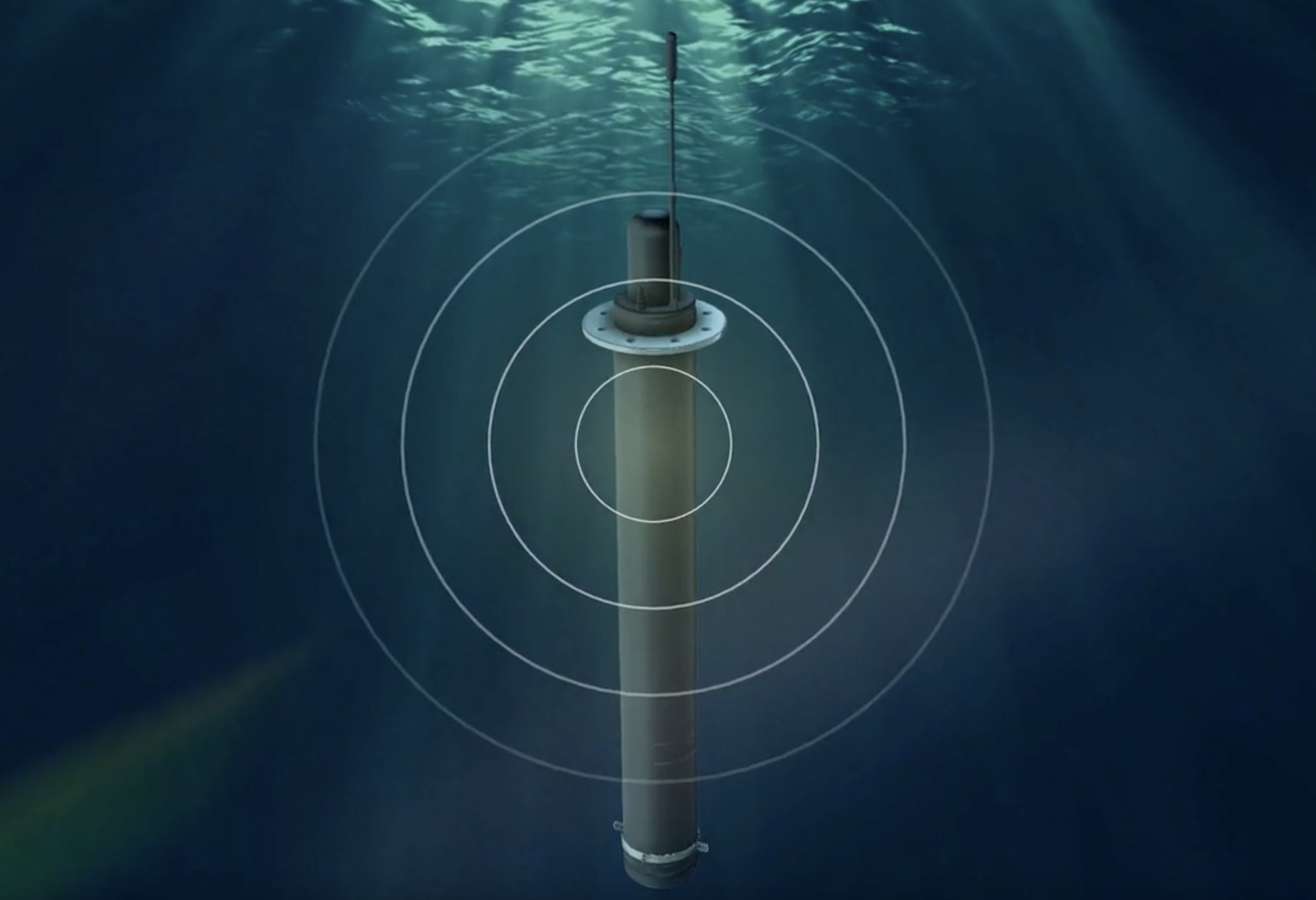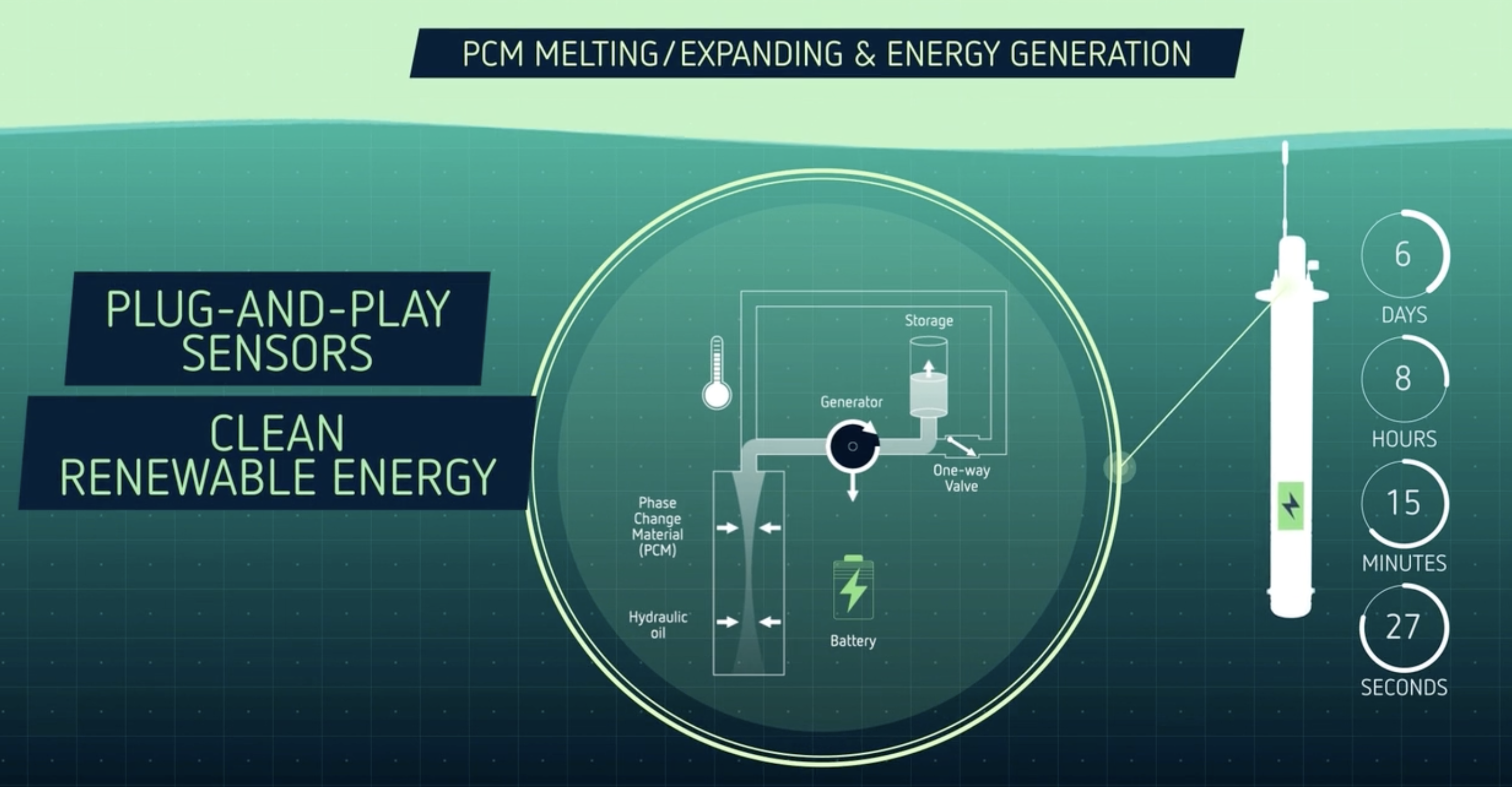Dive Deeper: Meet the Self-Charging Robot Revolutionizing Ocean Exploration

A revolutionary self-charging subsea robot named infiniTE float could change the way we explore oceans. Developed by Seatrec, this technology stems from a need to overcome the high costs and environmental issues associated with traditional battery-operated subsea robots. The new robot uses ocean temperature variations to generate energy, facilitating indefinite exploration without requiring recharges.
The ocean remains largely uncharted mainly due to limitations in current subsea exploration technologies. Traditional robots, limited by battery life, require frequent and costly recharges using ships that consume substantial amounts of diesel fuel. These operations can cost around $50,000 per day.
The infiniTE float harnesses kinetic energy through a novel mechanism that exploits phase-change materials like paraffin. These materials react to water temperature changes: cooling and contracting at greater depths to freeze paraffin, then warming and expanding as the robot resurfaces. This mechanical action drives a hydraulic-generating system that produces electrical power sufficient for indefinite operation cycles.

Originally developed at NASA's Jet Propulsion Laboratory, infiniTE float’s power generating feature utilizes both forward-thinking sustainability principles and advanced science licensed through California Institute of Technology. The tool is designed not only for exploring deep sea mysteries but also serves crucial ecological monitoring functions.
A collaborative effort includes The University of Southern Mississippi through their Roger F. Wicker Center for Ocean Enterprise. They focus on utilizing these robots to monitor critically-endangered Rice's whales in the Gulf of Mexico by collecting climate data and detecting whale sounds via equipped acoustic hydrophones.
Besides ecological monitoring, potential applications of the infiniTE float range from mapping underwater topography to defense strategies and studying early signs of tropical storms. This innovative approach opens new avenues in how we understand and interact with oceanic environments.
Seatrec’s development represents a significant engineering feat by transforming theoretical concepts into applicable solutions aiding planetary sciences beyond their contributions to space missions such as those managed by NASA and rigorously tested technologies overseen by entities like California Institute of Technology.